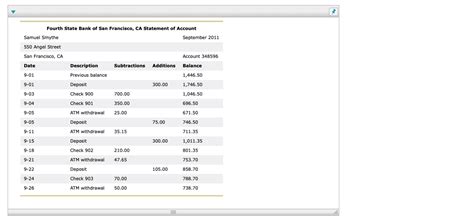backup of the Ethereum portfolio and regular updates: Best practices
While the popularity of the cryptocurrency continues to grow, the importance of maintaining a safe and up-date digital portfolio. An important aspect of repairing your Ethereum portfolio is the regular update of your wallet backup and assembly files. In this article, we examine why, how often you need to update these files and give advice to implement best practices.
Why update your wallet backup?
The portfolio assembly files store sensitive information, such as private keys, addresses and other pairs of keys. If you do not update these files regularly, the risks will lose your funds or endanger the security of your wallet. Here are some reasons why you should prioritize the upgrading of your wallet backup:
* Data loss : The backup of the wallet is often the only copy of your consciousness which remains in digital format. Losing it means access to your account.
* Exposure of the keys : If the private keys are not updated, they can be revealed if the computer or the device is compromised.
* Safety risks
: The expired portfolio configuration file can place hacking or other security offenses.
How often should I update my wallet backup?
The frequency of update for the backup of the wallet depends on the various factors. Here are some general instructions:
* Initial parameter : If you define a new Ethereum portfolio, it is advisable to update the configuration file immediately after installation.
* Ordinary updates

: For users who often use their portfolios, plan to update your backup and portfolio configuration every 30 to 60 days.
* Frequently used : If you only use your wallet from time to time, you may not need to update your wallet safety so often.
Best practices for safeguarding the portfolio
Follow these best practices to ensure the safety of your wallet and maintain a reliable backup:
- Use a secure storage method : Save your wallet file in a secure location, such as a encrypted hard drive or cloud storage such as Dropbox.
2
- Avoid replacing the backup : When upgrading your wallet safety, be sure to replace existing information.
4
- Test the update: Before making important changes to your wallet settings, test the update process to make sure that everything works as expected.
In summary, updating your backup and assembly file of your Ethereum portfolio is essential to maintain safety and maintain the use of funds. By following these best practices, you can make sure that your portfolio remains safe and up to date, even in a rapidly evolving digital environment.
